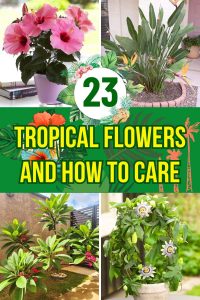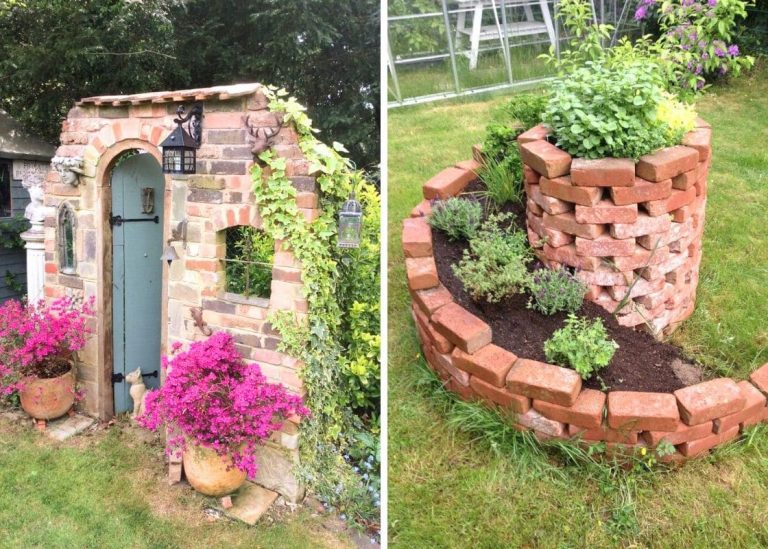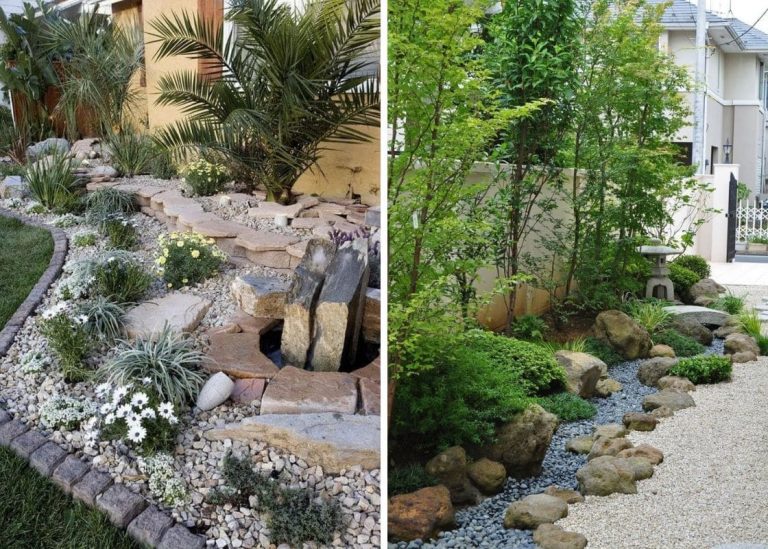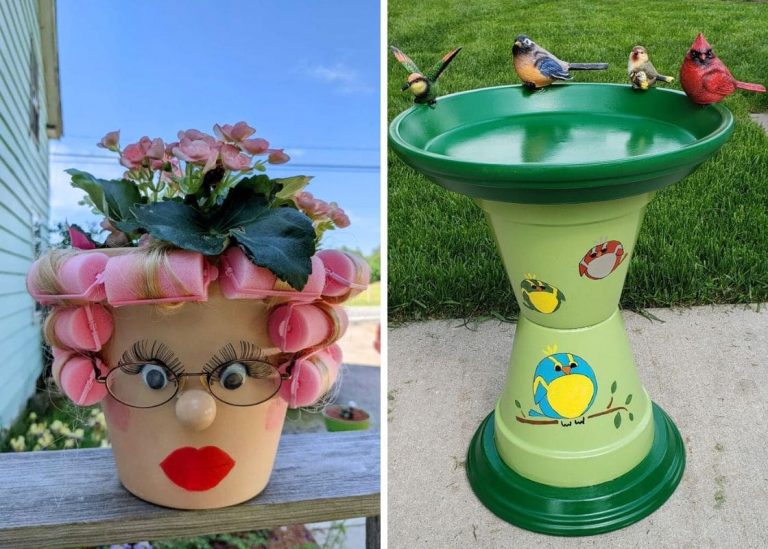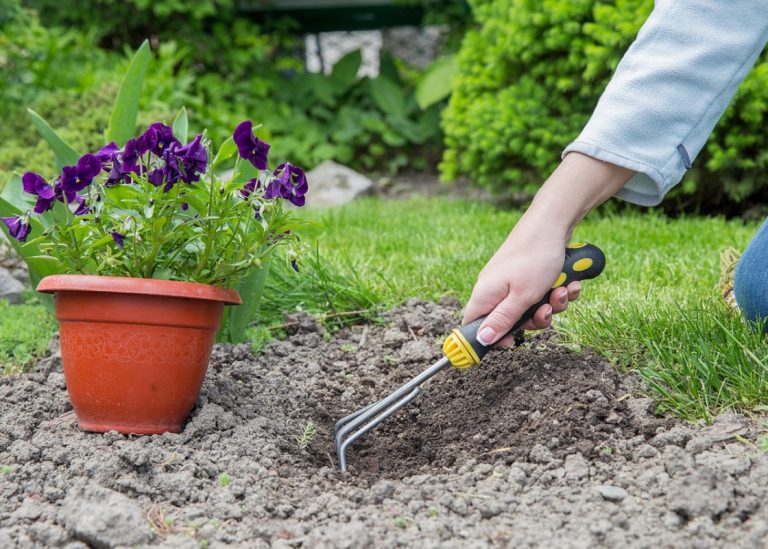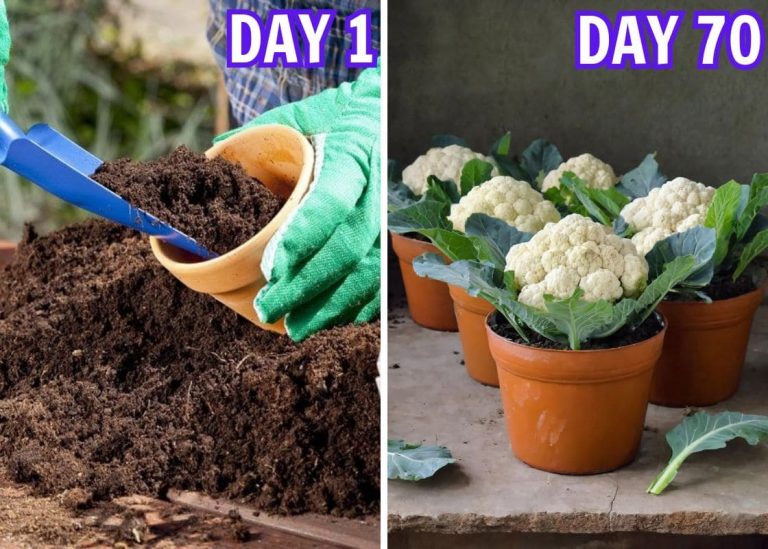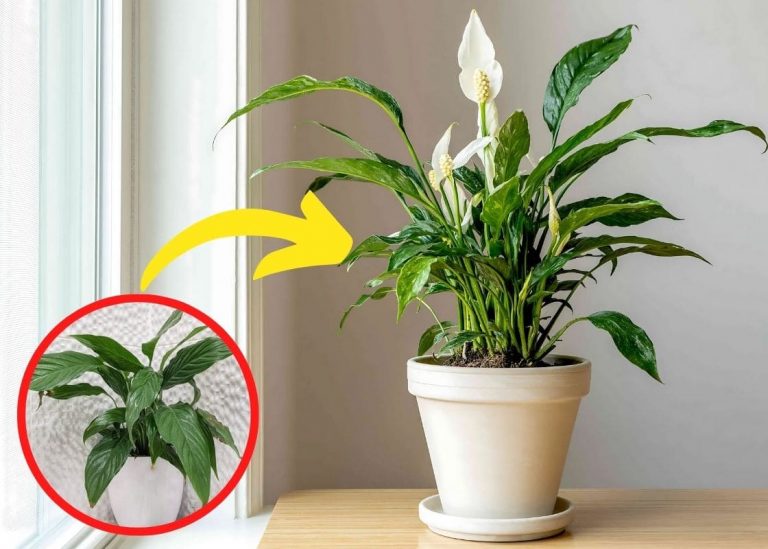23 Stunning Tropical Flowers and How to Care for Them
I didn’t plan on falling in love with tropical plants. It just happened slowly—one unexpected bloom at a time. A friend once gifted me a hibiscus in a clay pot with petals like velvet fireworks. I tucked it near the back fence and, honestly, forgot about it. Weeks later, I glanced outside during a rainstorm and saw it lit up in crimson against the gray, as if the garden itself was blushing.
That small surprise pulled me into a new obsession. I started visiting local nurseries and plant swaps, hunting for more of these dramatic, sun-kissed beauties. Each one had its own flair—some with scents that wrapped around you, others with colors so bold they felt almost impossible. I’d carry them home like treasures and carefully plot where they’d fit in the garden’s story.
Not all of them were easy. I lost a plumeria to root rot one rainy spring and had to learn the hard way that some tropicals are divas when it comes to drainage. But the reward? Waking up to bird-of-paradise blooms outside the window, or watching hummingbirds chase each other through the ginger stalks.
#1. Hibiscus
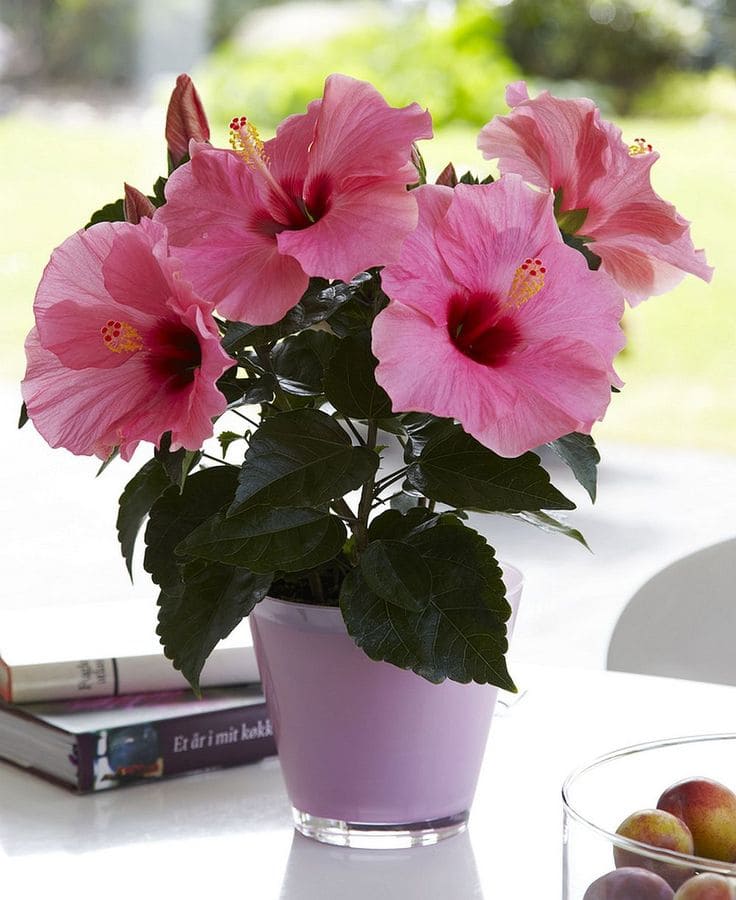
The hibiscus doesn’t whisper—it shouts with joy. Its massive, ruffled blooms unfurl each morning like trumpets of color, glowing in reds, oranges, and pinks so intense they almost hum with heat. I have a yellow one by the front path that draws bees and stares from passersby. It blooms again and again when the days are long and the sunlight stays generous.
They thrive in full sun and crave water, but only when the soil is well-drained. I’ve found that deep watering followed by a short dry spell keeps the leaves glossy and healthy. In pots, they like room to grow, and a bit of pruning here and there keeps them looking vibrant without getting leggy.
#2. Plumeria
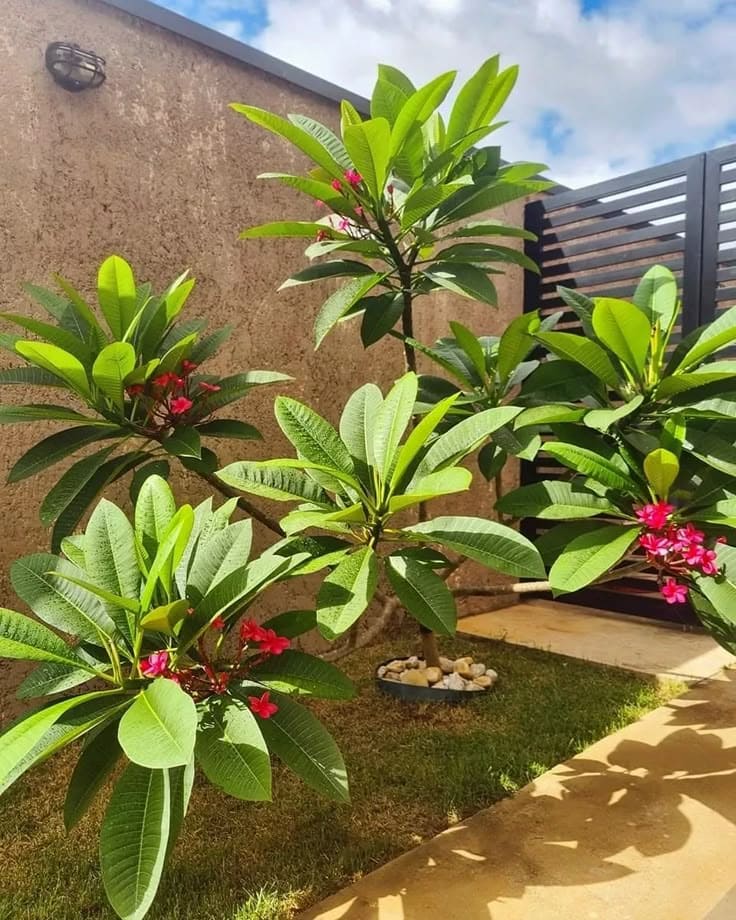
There’s a plumeria in my garden that’s earned its spot with scent alone. On warm evenings, its soft, creamy blooms release a perfume so sweet, it stops you in your tracks. It’s no wonder they’re used in leis. The branches twist and stretch like dancers, adding sculptural interest even before the buds open.
Plumeria demands full sun and sharply draining soil—think cactus mix or sandy garden beds. I learned to hold back on water once I lost a young one to soggy roots. Now, I let the soil dry between waterings and it rewards me with new leaves and clusters of fragrant flowers from spring through fall.
#3. Bird of Paradise
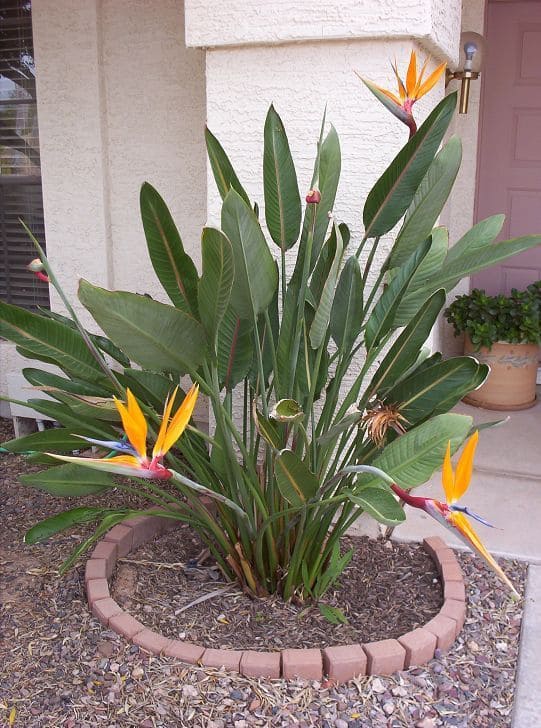
The first bird of paradise I saw blooming in my yard felt like a visitor from another world. Its beak-like shape and electric orange and blue petals truly look like a bird caught mid-flight. I planted it just outside the living room window, and on sunny days, it glows with a surreal kind of light.
It does best in full sun or light shade and needs consistent, moderate watering. Too much, and the roots suffer—too little, and the leaves begin to curl. A monthly feed during the growing season encourages flowering, and while it takes patience, the payoff is unforgettable.
#4. Bougainvillea

Bougainvillea is pure garden drama. One plant near our back wall exploded into magenta bracts so vivid, it looked like the fence had caught fire in the best way. It’s a climber, a sprawler, and a bit wild at heart—but in the right spot, it creates a wall of color that stuns all season long.
It thrives in full sun and drier soil. I’ve learned not to coddle it—less water means more blooms. A sturdy trellis or stone wall keeps it in check, and the occasional haircut keeps it from taking over the entire garden.
#5. Passionflower
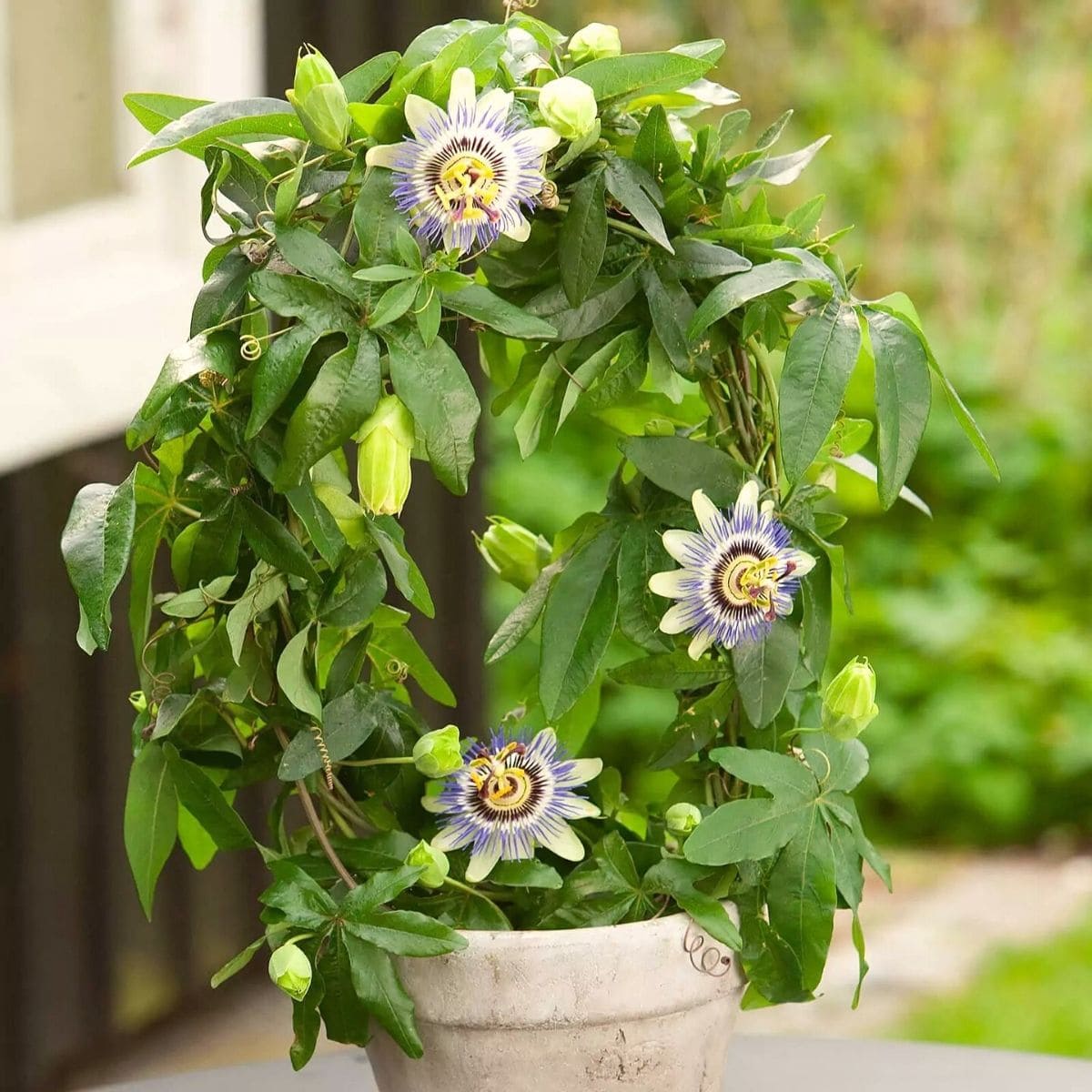
The first time I saw a passionflower bloom, I had to stop and stare. With spiraled filaments and alien symmetry, it looks like something from a science fiction film—but it’s all nature’s design. I’ve grown it near the patio, where it climbs fast and fills the air with quiet wonder.
It prefers moist, well-draining soil and partial sun. Keep it trimmed and give it room to ramble, and you’ll get flowers plus a host of happy butterflies. It’s a favorite resting spot for pollinators, and some varieties even give fruit.
#6. Heliconia
![]()
Heliconias are bold and unbothered. Their blooms resemble lobster claws or fiery spears, and they always draw attention from guests and hummingbirds alike. I planted a row along a shaded fence and watched them turn that space into a tropical hideaway.
They crave heat, humidity, and rich soil. Water deeply, feed often, and don’t be surprised if they grow tall and fast. Cutting back old stalks helps new growth emerge strong and upright.
#7. Torch Ginger
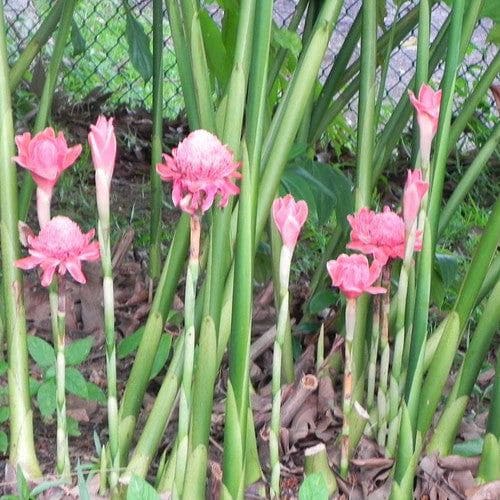
Torch ginger glows like a candle in the jungle. Its waxy pink or red blooms rise straight from the ground like a sculpture. I keep one near my outdoor shower, and every summer it puts on a quiet show that stops me in my tracks.
It prefers partial shade and consistently moist soil. Prune out the older canes to let fresh ones grow, and keep the humidity high. Once it settles in, it’ll bloom with minimal fuss.
#8. Jasmine
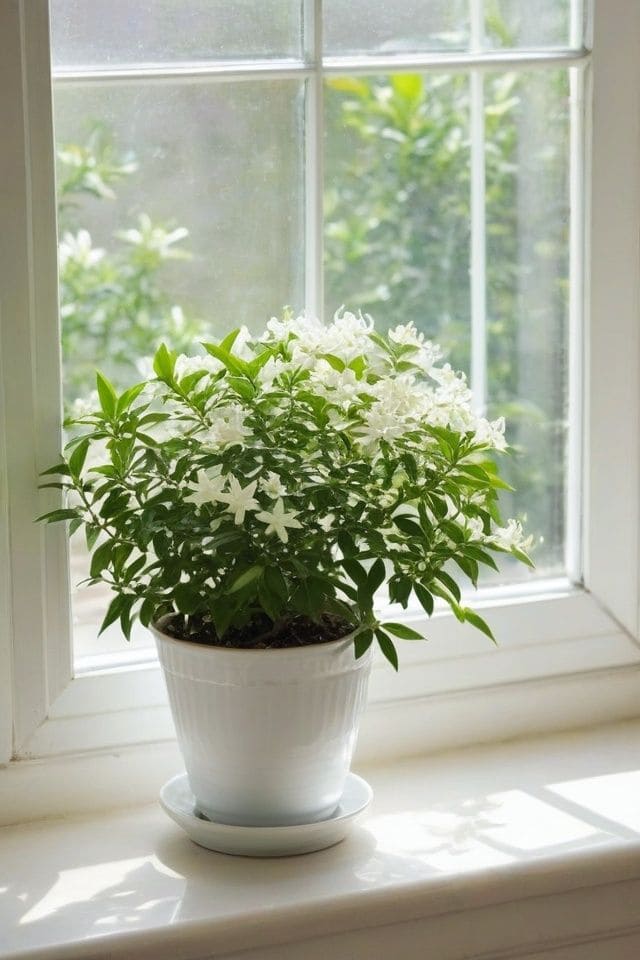
Jasmine has a scent that feels like a soft whisper at dusk. I planted mine by the garden bench, and now warm evenings come with a wave of perfume that lingers in the air long after the sun sets. The tiny white blooms may look delicate, but they know how to steal a moment.
It prefers full sun to light shade and well-draining soil. Keep the roots moist but not soggy, and it’ll climb, creep, or bush out depending on the variety. Some types bloom more in spring, while others release their fragrance deep into the night.
#9. Anthurium
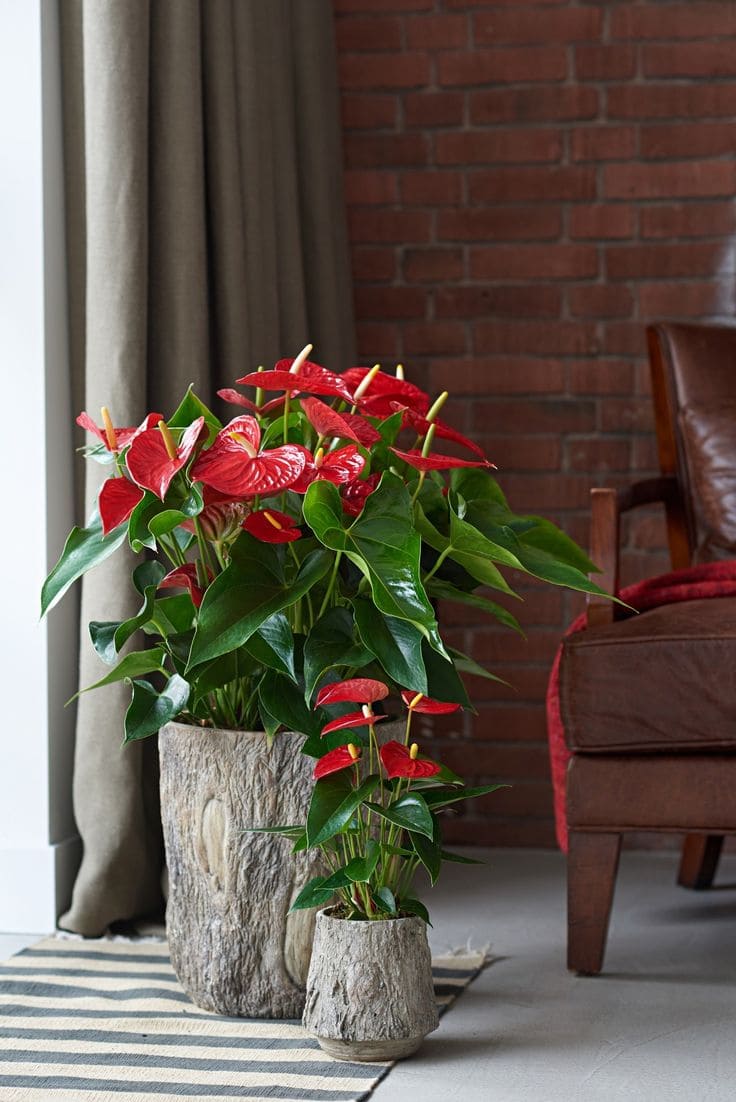
My white anthurium lives on the windowsill and greets me every morning like a quiet companion. Its heart-shaped, waxy blooms never fade fast, and the leaves stay glossy year-round with just a little love. It brings calm into the room without asking for much.
Indirect light, high humidity, and lightly moist soil keep it happiest. I feed it now and then with a diluted orchid fertilizer, and it always gives me new leaves or a fresh bloom when I need a boost.
#10. Orchid
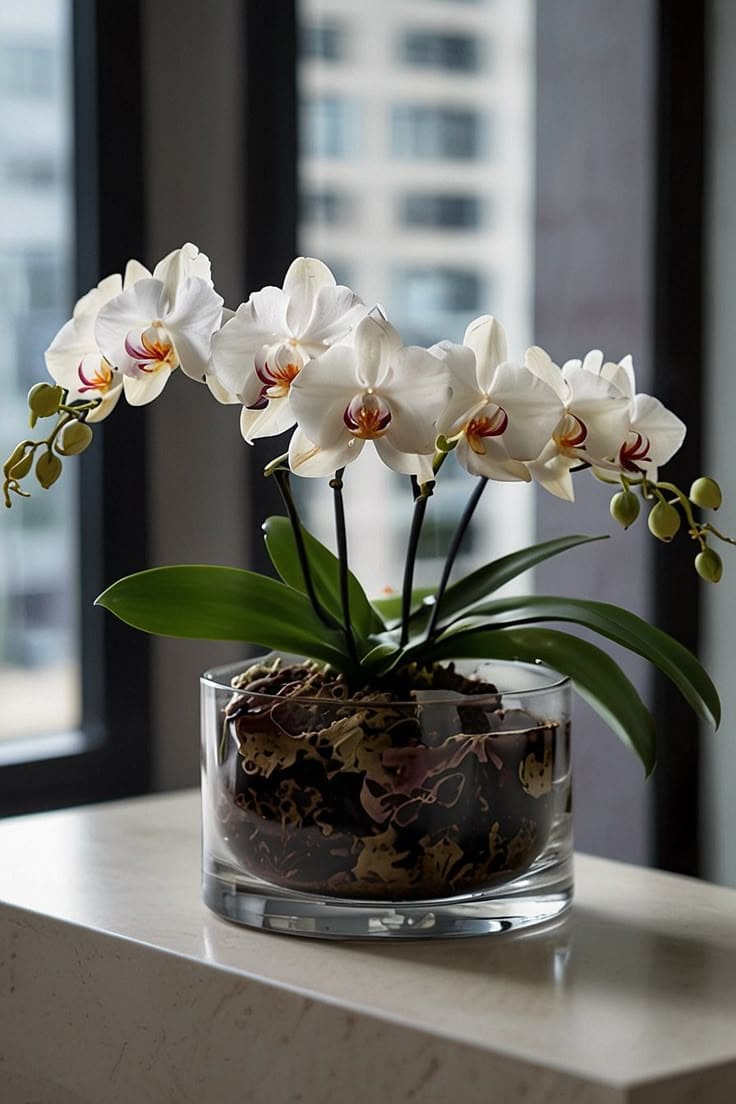
Orchids feel like living jewelry—delicate but surprisingly tough. I’ve had one bloom faithfully every winter for years, perched near the sink, where the steam from dishwater gives it the humidity it craves. Watching new buds open is a quiet joy that never gets old.
They love filtered light and bark-based soil that dries slightly between waterings. I water by soaking the pot every 7–10 days and use a light hand with feeding. Once you learn their rhythm, they reward you with blooms that last for months.
#11. Canna Lily
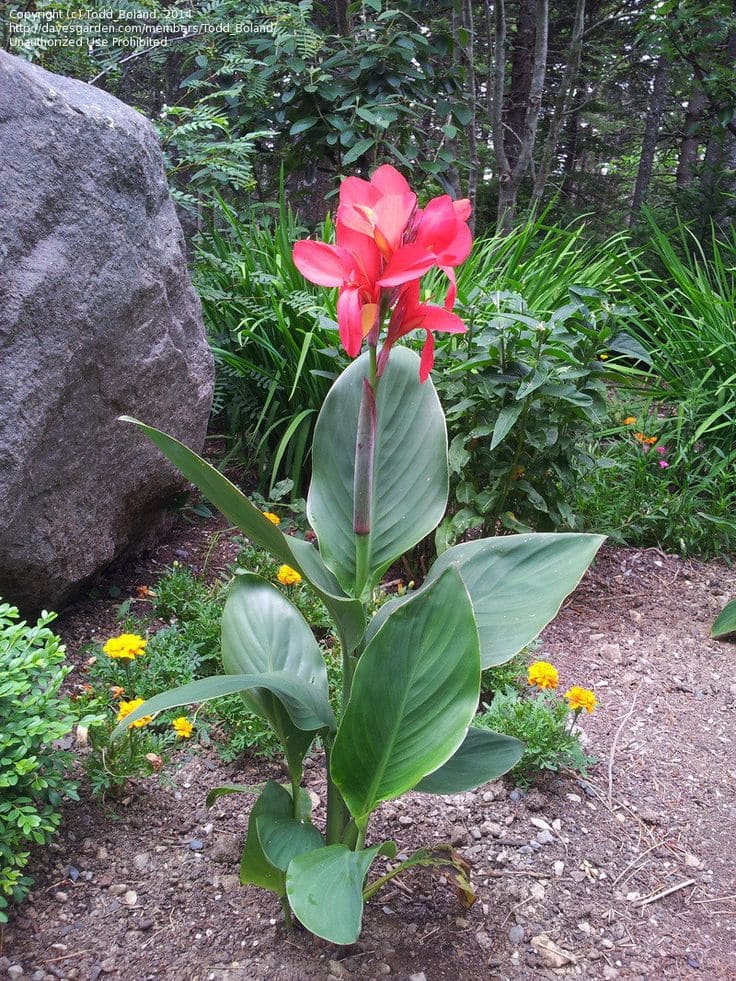
Canna lilies bring a burst of energy with their huge tropical leaves and bold red-orange flowers. I planted a group near the edge of my little pond, and they’ve turned that space into a lush corner of summer jungle. Even the foliage feels exotic—wide, glossy, and full of life.
They thrive in full sun and need plenty of moisture, especially during heatwaves. If your garden has a wet area, this is the plant to anchor it. Deadhead often for continuous blooms, and divide the rhizomes every few years to keep them vigorous.
#12. Calla Lily
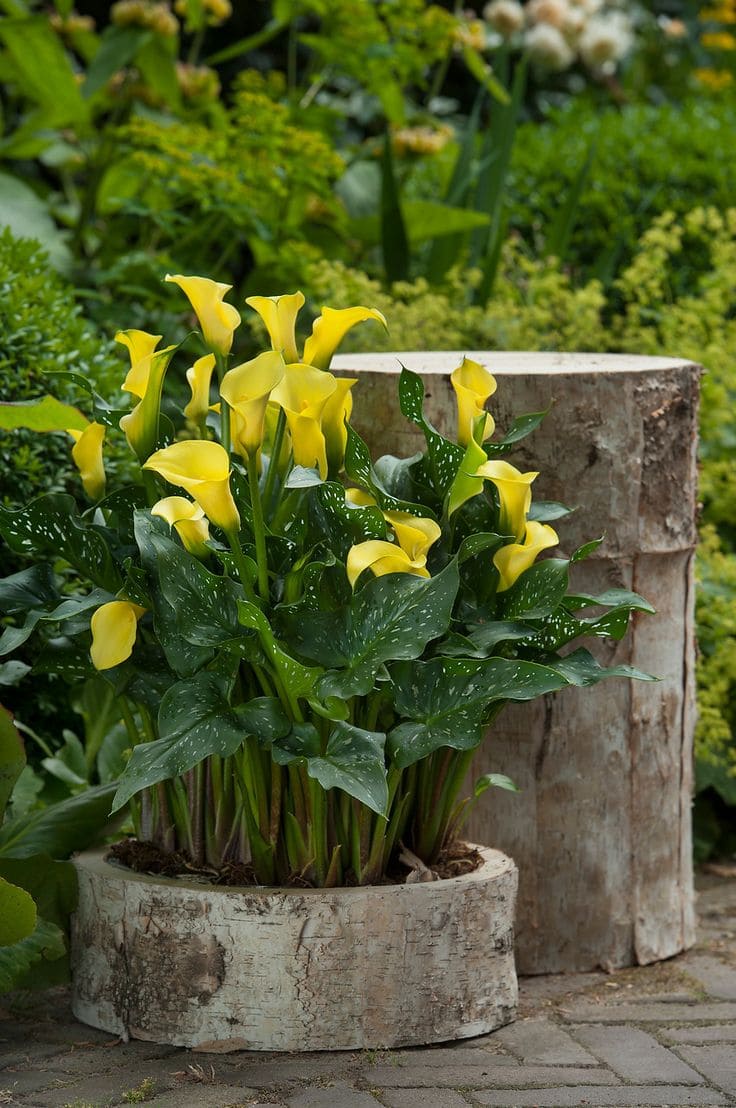
Calla lilies feel like the definition of grace. Their blooms rise like sculpted flutes from deep green leaves, and they seem to carry a quiet elegance that fits anywhere—from garden beds to wedding bouquets. I have a small patch under the window that catches the soft morning sun, and every time they bloom, the space feels lifted.
They prefer rich, moist soil and partial sun, though they can take more light if it’s not too hot. I water regularly and mulch around the base to keep moisture in. In colder climates, lifting the rhizomes and storing them in a dry place helps keep them safe for next season.
#13. Red Ginger

Red ginger is a showstopper in the gentlest way. Its torch-like flowers rise above lush foliage and always seem to be catching light, even on cloudy days. I tucked a few near the back of my garden path, and now they greet me like lanterns when I walk through.
They thrive in partial shade with moist, rich soil. Pruning out old stalks keeps them looking fresh, and frequent watering during warm months keeps them blooming. They’re perfect in places where humidity stays high and the soil stays damp but never soggy.
#14. Protea

Proteas look like they were designed by imagination, not nature—spiky, soft, and somehow prehistoric and modern at once. I saw my first one at a botanical garden and couldn’t stop staring. Now I grow a dwarf variety in a raised bed with excellent drainage and minimal fuss.
They need well-draining, slightly acidic soil and dry conditions. I never overwater mine and avoid fertilizers high in phosphorus. With time and sun, they reward you with blooms that last longer than most flowers and look amazing even when dried.
#15. Peacock Flower

Peacock flower brings fiery personality to the garden. Its orange and red blooms flutter on delicate stems and make every breeze feel like a dance. A neighbor down the road has a whole hedge of them that stays in bloom for what feels like forever.
They need full sun and dry, loose soil to thrive. I water only when the top inch dries out, and trim lightly to shape. They bloom almost year-round in warm climates and are wonderfully low-maintenance once established.
#16. Bromeliad
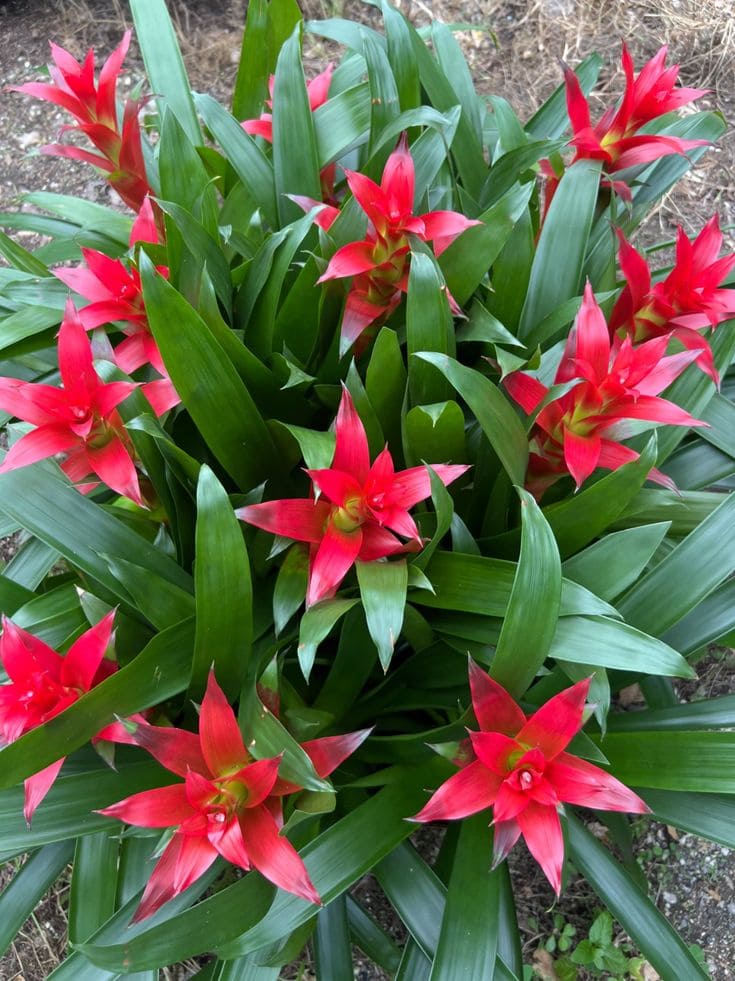
Bromeliads look like living sculptures with their bold rosettes and surprising color. My first one sat quietly in a ceramic pot for weeks until it suddenly unfurled a pink center bloom like it had been keeping a secret. Now I tuck them into shady corners where their strange beauty draws second glances.
They’re happiest in bright, indirect light with water pooled in their central cup. I mist the leaves during dry spells and only refill the cup when it’s nearly empty. Their roots don’t need much soil—just good airflow and a pot that drains easily.
#17. African Tulip Tree

African tulip trees turn a plain yard into a parade route. Their bright orange blooms burst open like trumpets after a rain, and I’ve watched entire flocks of birds gather around them. A friend once said hers became the “fireworks tree” of her street.
These trees love full sun and space to spread. They need regular watering when young but become drought-tolerant as they mature. Their fast growth makes them ideal for shade, though their size suits larger gardens best.
#18. Ylang-Ylang
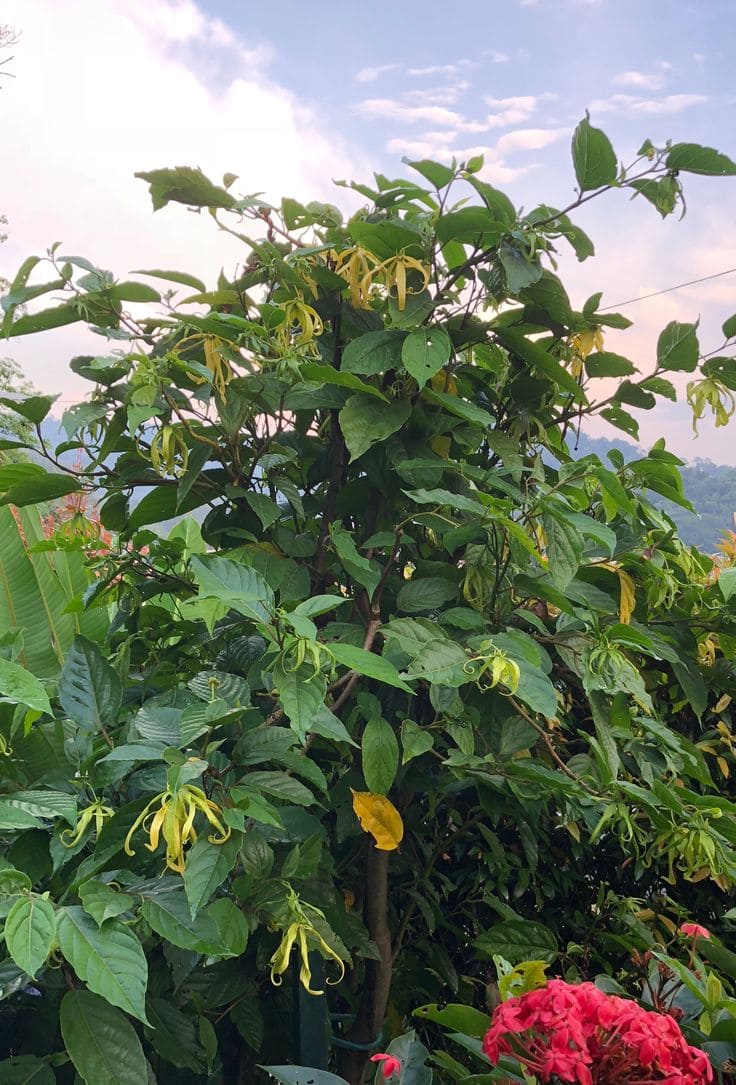
Ylang-ylang carries the scent of perfume straight from the tree. I visited a tiny tropical garden once where the whole place smelled like jasmine and citrus—turned out it was just one ylang-ylang blooming in the corner. It’s subtle during the day but becomes stronger at dusk.
It thrives in warm, humid climates and well-draining soil. I’ve learned to prune it lightly to shape and give it space to breathe. When it flowers, the aroma alone makes it feel like you’ve stumbled into a spa.
#19. Ixora
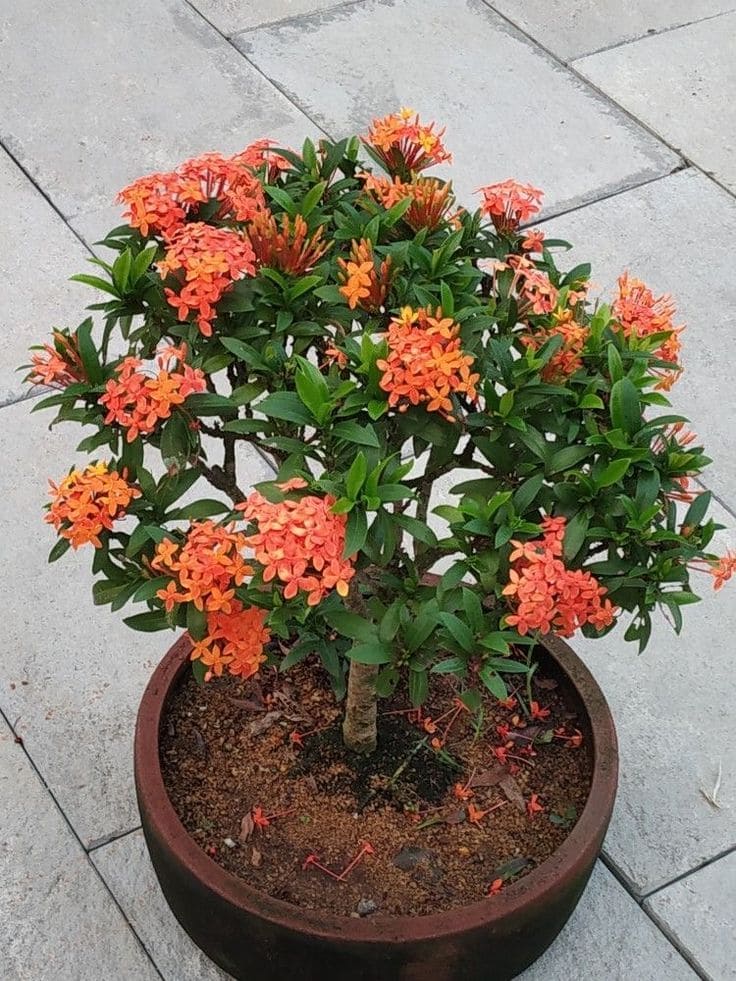
Ixora is the quiet workhorse of tropical gardens. Its dense clusters of coral-red or bright orange flowers seem to glow against glossy green leaves. I grow it along a walkway, and it blooms so reliably that I barely have to think about it—just enjoy.
It prefers full sun and moist, slightly acidic soil. I water when the top layer starts to dry and feed it every few months to keep it going strong. It’s compact, tidy, and makes a beautiful natural border when trimmed just right.
#20. Golden Trumpet
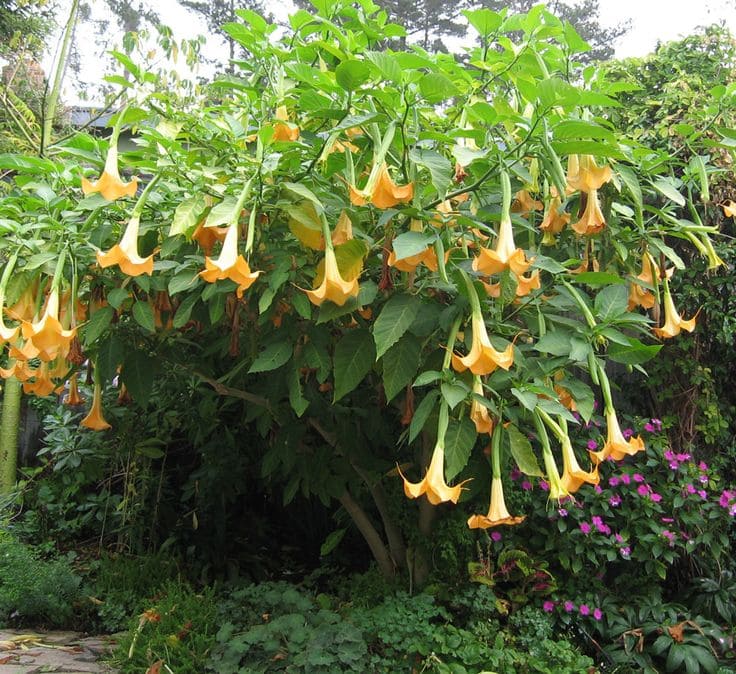
Golden trumpet vines bring a splash of sunshine that never goes unnoticed. I planted one near the fence, and now it drapes over the trellis with bright yellow flowers that open like little morning smiles. It’s one of those plants that seems to glow even in light rain.
It thrives in full sun and appreciates regular watering during dry spells. Pruning after flowering helps keep it full and blooming longer. The vines grow fast, so a bit of guidance and support keeps them looking neat and lively.
#21. Camellia
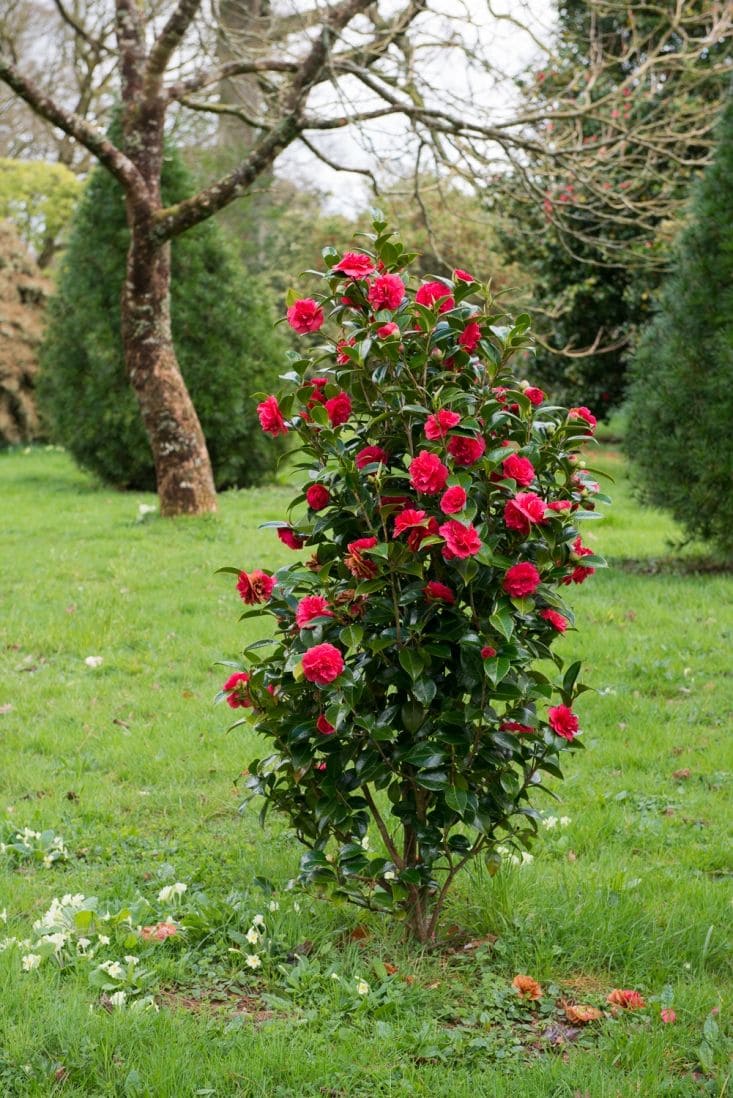
Camellias may be more temperate, but in warm, shaded corners of tropical gardens, they still put on a stunning show. I once saw a pink one blooming beneath a banana tree—like a rose in a rainforest. Their layered petals and glossy leaves feel timeless and full of grace.
They prefer acidic, well-drained soil and shelter from intense midday sun. I water them steadily and mulch around the roots to hold in moisture. Camellias bloom in cooler months, making them a garden’s gentle surprise when everything else is quiet.
#22. Flame of the Forest
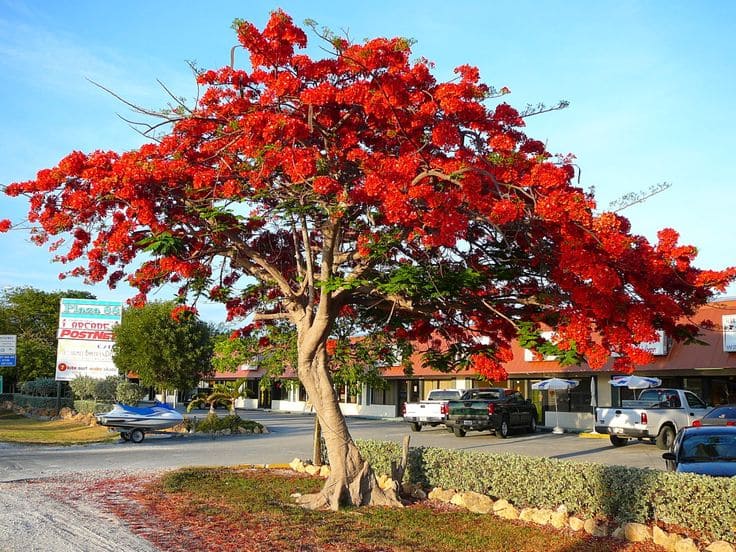
The flame of the forest is exactly what its name promises—a burst of deep red-orange blossoms on gnarled, sculptural branches. I saw one in full bloom near a temple while traveling, and it looked like the tree itself had caught fire. The flowers came in waves, attracting bees and curious eyes alike.
It needs full sun and space to grow into its dramatic form. Once established, it becomes incredibly drought-tolerant and low-maintenance. Not a plant for small yards, but perfect for creating shade and making bold seasonal statements.
#23. Night-Blooming Jasmine
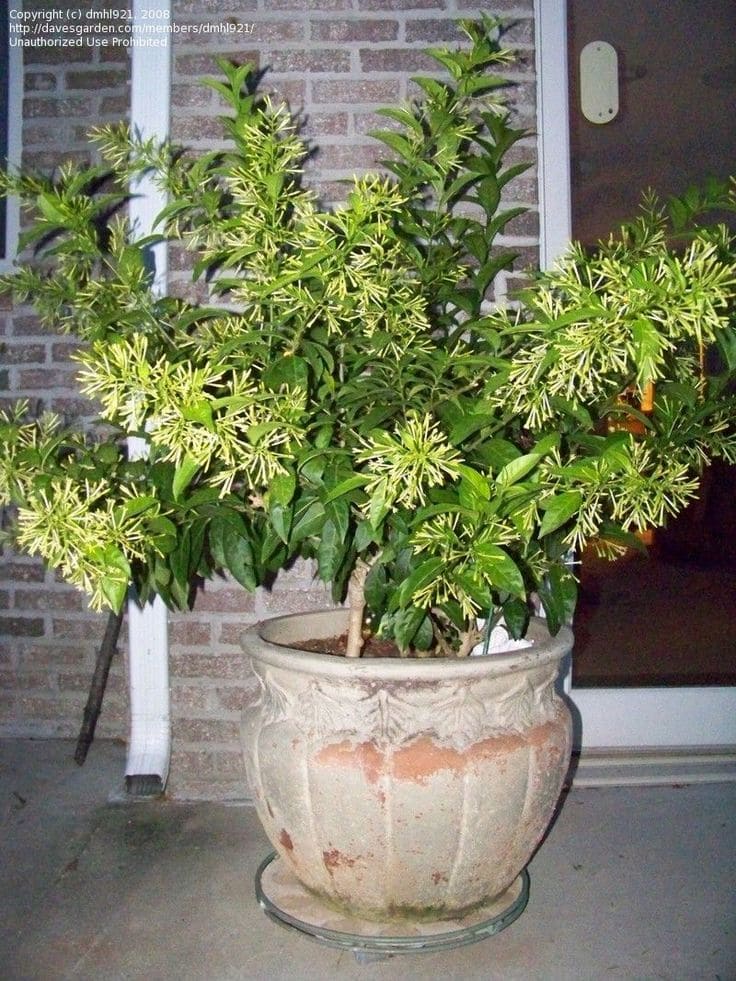
Night-blooming jasmine feels like a garden secret only revealed after sunset. I planted mine near the porch and didn’t expect much—until one evening, the air filled with the sweetest scent I’d ever known. Its tiny white blooms don’t look like much during the day, but when darkness falls, they sing.
It thrives in partial sun and warm, humid conditions. I trim it back after each blooming flush to keep it compact. If you’re looking for a flower that transforms your garden after dark, this one offers pure magic.
Final Thoughts
Tropical flowers aren’t just beautiful—they’re experiences. Each one has a personality, a rhythm, and a way of showing up when you least expect it. Some are wild and bold, others quiet and fragrant, but all of them bring warmth and life to the garden.
Growing them has taught me patience, curiosity, and a deeper connection with the natural world. Even if you only have a balcony or a sunny corner, there’s a tropical flower that can bloom right where you are—inviting color, scent, and joy into your life.
